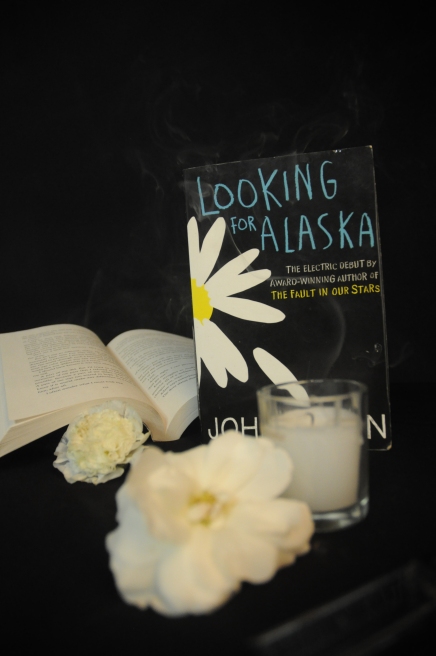
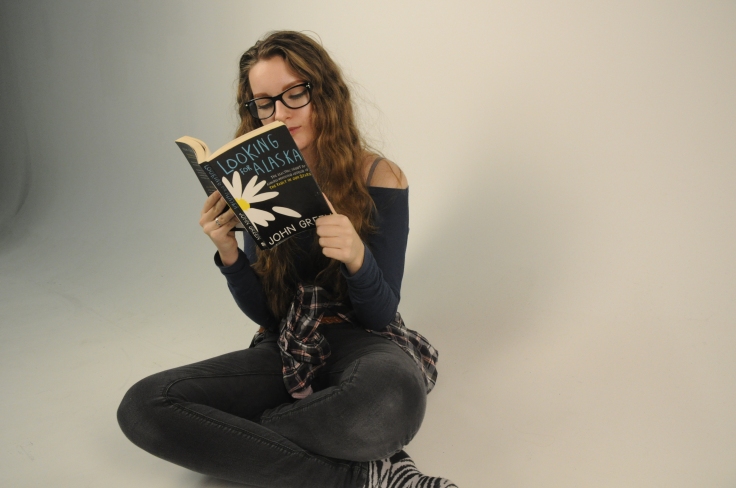
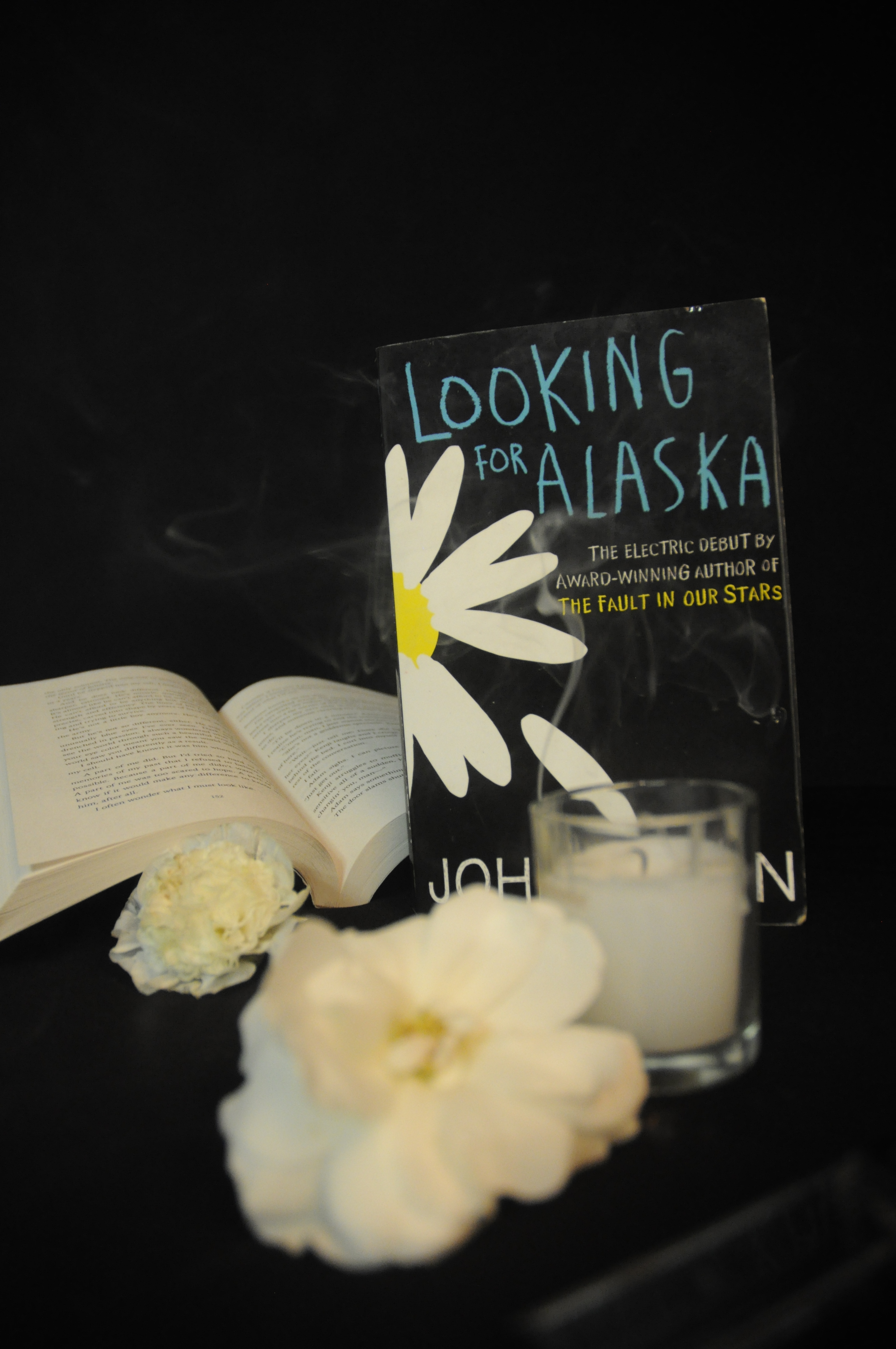
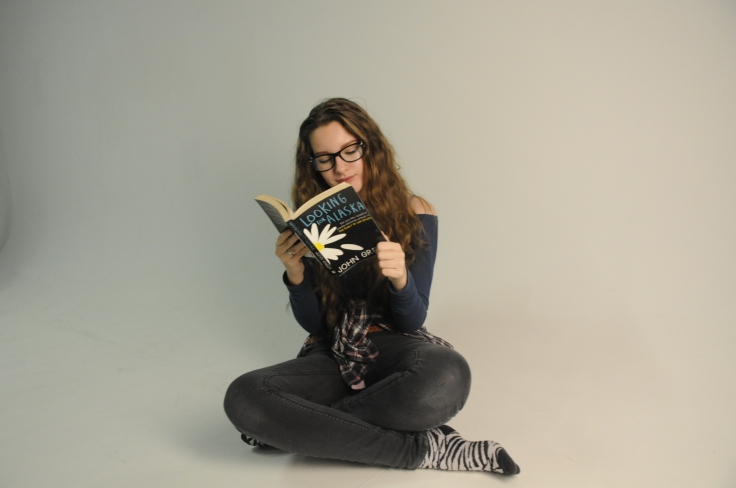
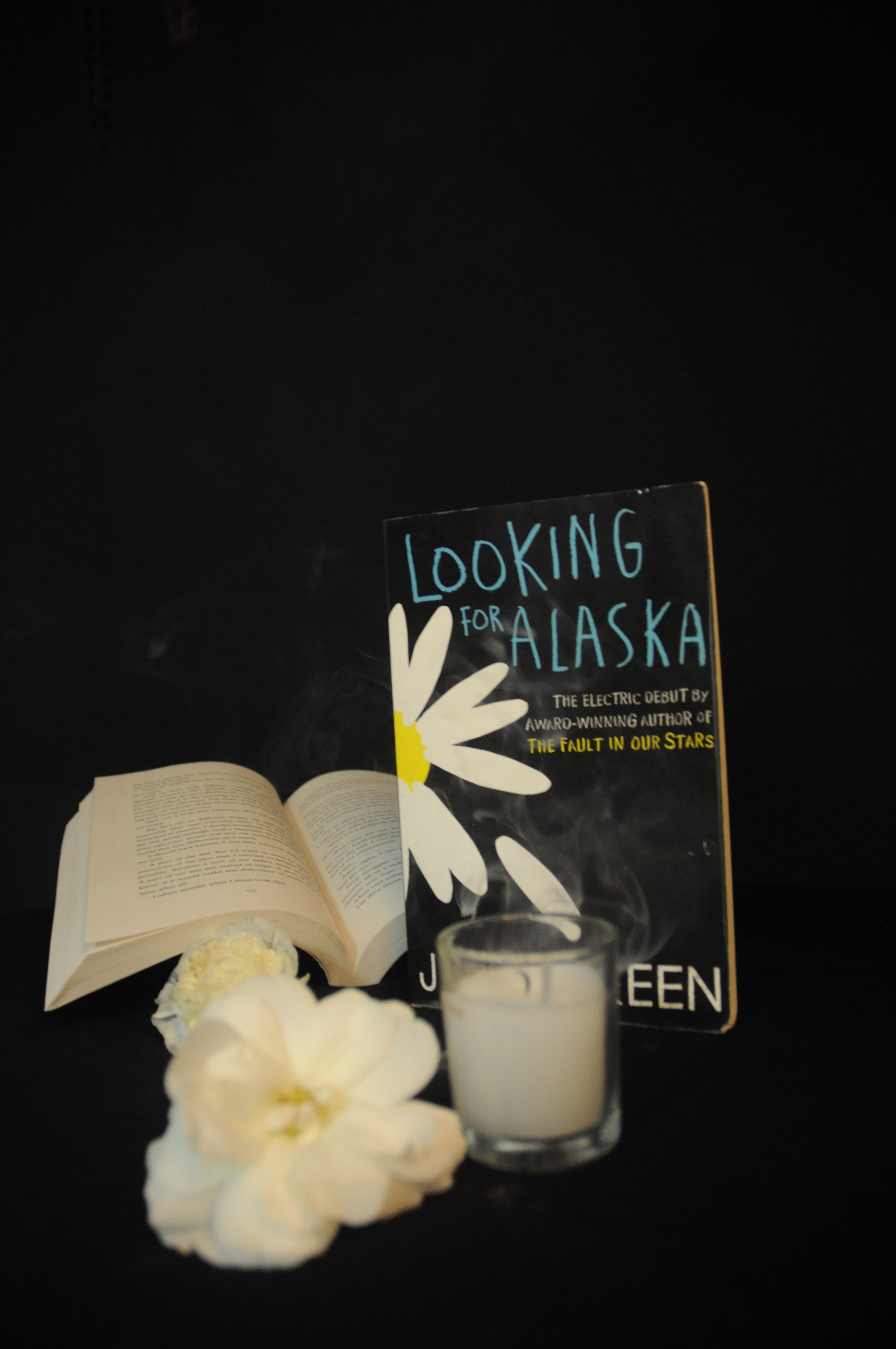

Book Review
If young adult novels are something that fills you with excitement and joy and if you are young and looking for something oh so relatable, be whisked away into the havoc and rebellion of the world of Alaska Young. Looking for Alaska just got a whole lot more exciting. The book is now being turned into a film adaptation! Just as Miles ‘Pudge’ Halter once was, an oblivious and average teenager who – such as yourself – had an ordinary life…until he met Alaska.
Looking for Alaska is the first of many young adult novels written by John Green and published March 3rd of 2005, making the book over ten years old! Over the ten years since release there have been many attempts and failed at a film adaptation of the book until this year was announced a successful vision of creating a film adaptation which many readers of John Green are excited. Especially after the successful adaptations of two other books by John Green (The Fault in Our Stars) and (Paper Towns) the film is said to start shooting in 2016 and released at a later date in autumn 2016. As the release of a film adaptation of Looking for Alaska is so new, the cast and release date have not been announced. I have a feeling this film is going to be VERY much worth watching!
Now… I should probably tell you the story, shouldn’t I? (Well, that’s the point…) Looking for Alaska starts when sixteen years old, Miles Halter moves from Florida to Alabama to attend boarding school at Culver Creek when he stumbles upon 5ft tall, Chip ‘The Colonel’ Martin. The Colonel introduced Pudge to his friends Takumi Hikohito the Mc/Hip pop enthusiast and of course; beautiful, mysterious and emotionally unstable Alaska Young. After hearing about Miles’ obsessions with last words Alaska informs him of Simón Bolívar’s final words: “Damn it. How will I ever get out of this labyrinth!” and a deal was made: If Miles found out what the labyrinth was, Alaska would find him a girlfriend. However, nothing is ever that simple. Stubborn, thrilling and gorgeous Alaska Young already belongs to somebody else’s heart, but that didn’t stop Miles for falling for her own. The story progresses to be filled with laughter and heartbreak and is a page turner for anybody who has read it.
I believe that the film is going to be accurately and cleverly produced as John Green’s other two book to film adaptations ‘The Fault In Our Stars’ and ‘Paper Towns’ were so successful. With rightfully chosen actors and actresses the overall acting of the story will be superb and I believe John Green will choose carefully both actors and actresses and also a magnificent team and director. I believe that you should must go watch this film when it is released! You will not regret it. However, I believe most fans of the book feel the same as I do when they say the hope vital parts of the story aren’t missed out to shorten down the screening time. Every point of the book is magical and leads to something, so it must be included.
Looking For Alaska genuinely conveys a serious message mostly aimed at teenagers and young adults. The message is present throughout the whole of the book and I hope is included in the film adaptation as I believe it will relate to many other teenagers and young adults. I believe the mood of Looking For Alaska is something that everyone will be able to enjoy as it’s a story filled with emotion and will make you feel both happy and sad with a jaw-dropping plot twist.
So, what are you waiting for? Grab the book and anxiously wait for the film like the rest of us.
My Ideas: I am doing a blog about the debate between the positives and negatives of the book and the film. A review on the book and the film adaptation and a magazine feature. I have done an image with props that resemble items to do with the story and am doing a digital front cover that will resemble things to do with the book.
Secondary Research: I used Twitter to find out the release date of the film adaptation release and extra information from John Green. I have also used various websites to find out cast rumours and when filming will start such as IMDB as this is a reliable source.
Primary Research: I used the book and my knowledge to give information for my review, interview questions and my blog. For example, the book provides information and where I base my opinions from whereas the internet provides false information sometimes and other people’s opinions.
Resources: I have used the book (Looking For Alaska) And Twitter to get information from John Green. I have also asked other readers of the book (Online and in real life) By interviewing and reading online and have used Internet sources and IMDB (Internet movie data base)
The differences between digital and print magazines.
Creating digital covers/magazines require no coding to create and preserves the look of the chosen print design adding interest, diversity and dimension. Digital covers are also much cheaper to create than print magazines while having greater circulation and subscription potential globally meaning more views and making more money. Digital magazines are becoming  increasingly popular and are highly targeted (Emailing directly to the target audience) which is ideal for industry and has high brand exposure potential.
increasingly popular and are highly targeted (Emailing directly to the target audience) which is ideal for industry and has high brand exposure potential.
When creating interactive covers and magazines, no technical experience is required and little skill is needed to produce the cover. Digital covers/magazines are also said to bring your content ‘to life’ with sound, interaction links and video. Finally, while being easy to make and requires little cost, digital covers are also more eco friendly as they do not require any paper print.
There are also little cons with fixable issues to digital magazines being; they can sometimes be difficult to read and requires a lot of zooming in and out and may add confusion to readers as there will be a lot to take in. Furthermore, digital covers are not linkable and indexed for search, this makes they more difficult to find.
Print sources are very different to digital covers. People take magazines much more seriously and had a wider viewing audience than digital magazines while being portable and print publication will not use software that can be known to crash and not be readable. Many people like print sources as they have ‘physical presence’ something which a digital magazine lacks. This is because people like to be involved with their senses when reading. For example, being able to smell the print ink and paper and feel the glossy pages makes the reading experience more enjoyable for some. Print sources are also always ready to be read and doesn’t require waiting for content or links to download.
However, print publication (although the popular choice) cannot reach up to the 20 million visitors digital magazines can have and relies on subscribers of the magazine and means reaching less viewers. Magazines also focus on one main target while digital is able to reach to all people. Magazines also hold far less material than digital magazines as there is only minimal space on pages and would require the magazine to be astonishingly large.
Uses of digital magazines in the media.
People use digital magazines to promote and advertise by bringing life and dimension to the advertising subject. Editors also use digital magazines because of comments from social media and see the opportunity to engage and create a larger viewing audience because of the fascination of a digital magazine.
The audiences of digital magazines.
The US deducted that older tablet owners are less likely to read digital magazines than younger owners of the tablet. Over 35’s are more focused on print than digital with six percent of 35’s – 64’s read digital magazines on their tablets. UK newspaper’s also state that they have three times as many readers The average spent by over 35’s is 20 minutes.
Which magazine genre have you chosen and why?
I have chosen my magazine genre to be a teen magazine as many teens and young adults will read teen magazines. Also. John Green’s books are written about teenagers and aimed at young adults. This would make the most sense as this attract the largest audience to reading the article as they would be interested in reading it.
What is the aim of your content?
The time is to inform readers on the book being adapted into a film.
Who is your target audience?
Teens and young adults would be the target audience.
What skills will apply to produce your copy and images?
For my journalism techniques, I will write to inform and persuade people to be interested in my article. Additionally, I will have to adjust the shutter speed to be slow, with a low ISO of 100 and a high aperture.
Hearst Magazine UK:
Hearst magazine offers a range of different types of jobs in grouped areas of fields of work. These are:
For Advertising/sales there are four fields of work offered which are; Classified, Display, creative solution and trading.
For the Corporate community there are fourteen field of work offered to suit people which are; Systems, help desk, HR generalist, recruitment, learning & development, payroll & benefits, accounts payable, credit control, management accounts, planning & analysis, reception, office management, personal assistant and team assistant.
There are ten field of work in Digital/Technology. These being; Audience & programmatic, ad operations, data & insight, development, design & experience, product, production, project management, photography and strategy & innovation.
In Editorial there are currently eight field of work to be hired for. These are; style, subbing, fashion, beauty, production, features, digital and art/design/picture.
Internship/Graduate schemes also have eight field of work which are; Human resources, IT, marketing communications, administration, finance, editorial, media sales and digital/technology.
Lastly, Marketing, Communications & Events have four field of work available to be hired for. These are; Subscriptions, brand marketing. communications & PR and promotions and events
Bauer Media Group:
Bauer media group offers a selection of jobs, internships, speculative applications and even the Bauer Media academy.
Under ‘Jobs’ you can learn about the company, training for a specific subject and how to contact to do so.
Under ‘Speculative applications’ you can send in an application to see if you will be right for the job or may not be sure that it is what you want to do for certain.
There is also an academy:
“We want the top employees of tomorrow. So we are training them today.”
and offers training courses for people who wish to learn more skills.
Finally, there are also internships which are a good way to introduce yourself to the work and learn the skills you need.
Recent Comments